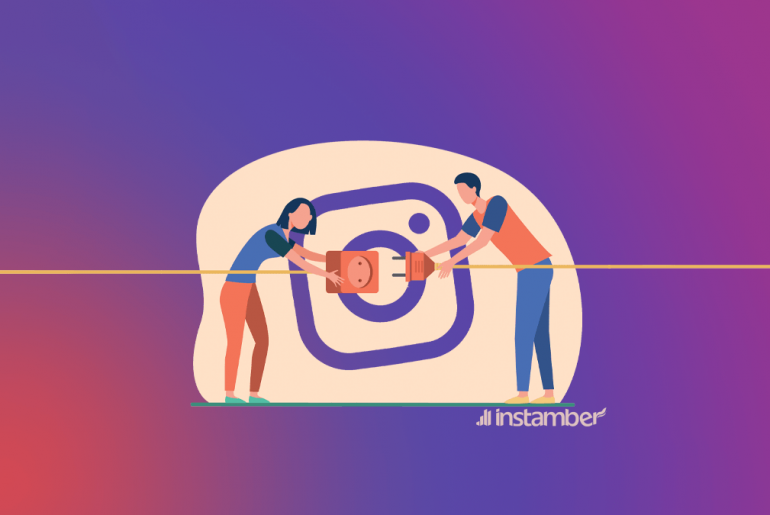If you’re thinking about getting help for your well-being but are uncertain about how technology could impact your therapy you’re in good company. Many individuals have uncertainties and inquiries regarding the integration of technology into counseling. Here we aim to offer you some responses and perspectives on this topic. In this article, we will delve into how therapists incorporate technology to improve the quality of care they offer, highlighting the advantages and factors to consider as you progress through your health journey.
The Integration of Technology in Therapy
One of the most common ways in which therapists use technology is through the incorporation of mobile apps and online resources into their treatment plans. There are countless mental health apps available that offer a range of features, such as mood tracking, guided meditation, and cognitive-behavioral therapy (CBT) tools. These apps can serve as a valuable supplement to traditional therapy, allowing clients to engage in self-help activities and monitor their progress between sessions.
In addition to mobile apps, therapists may also recommend online resources such as educational websites, forums, and support groups. These resources can provide clients with additional information and support, helping them better understand their mental health concerns and develop coping strategies.
Wearable Devices and Biofeedback
Wearable devices, such as smartwatches and fitness trackers, are another technological tool that therapists are using to monitor and improve their clients’ mental health. These devices can collect data on a range of physiological indicators, such as heart rate, sleep patterns, and physical activity levels, which can provide valuable insights into a client’s overall well-being.
Therapists may also use biofeedback technology, which involves using sensors to monitor physiological processes and provide real-time feedback to the client. This feedback can help clients learn to regulate their physiological responses and reduce symptoms of stress and anxiety.
Virtual Reality and Augmented Reality
Virtual reality (VR) and augmented reality (AR) technologies are also being explored as potential tools for enhancing mental health treatment. VR therapy, for example, could be used to create immersive therapeutic experiences, such as exposure therapy for phobias or virtual support groups. AR, on the other hand, could be used to provide real-time guidance and support to clients as they navigate real-world situations.
While these technologies are still in the early stages of development, they hold promising potential for expanding the reach and effectiveness of mental health care. Here is a table showing the difference between traditional and technology-enhanced therapy:
| Traditional Therapy | Technology-Enhanced Therapy |
| In-person sessions | Virtual sessions available |
| Paper-based records | Electronic health records |
| Limited between-session support | Mobile apps and online resources for 24/7 support |
| Reliance on client self-report | Objective data from wearable devices and biofeedback |
| Potential for scheduling and transportation barriers | Increased accessibility and convenience |
The Benefits of Technology in Therapy
One primary benefit of incorporating technology into mental health care is increased accessibility and convenience. With the proliferation of smartphones, high-speed internet, and practice management software for therapists, clients can now access mental health resources and support from virtually anywhere, at any time.
This software streamlines administrative tasks for therapists, allowing them to focus more on providing quality care to their clients. The increased accessibility is particularly beneficial for those who live in remote areas, have limited transportation options, or have busy schedules that make it difficult to attend traditional in-person therapy sessions.
Enhanced Engagement and Adherence
Technology can also help to enhance client engagement and adherence to treatment plans. Mobile apps, for example, can send reminders and notifications to encourage clients to complete therapeutic activities and attend scheduled sessions. Wearable devices and biofeedback technology can provide clients with real-time feedback and motivation to engage in healthy behaviors and coping strategies.
Improved Monitoring and Personalization
Another benefit of technology in therapy is the improved monitoring and personalization of treatment plans. By collecting data on clients’ moods, behaviors, and physiological responses, therapists can gain a more comprehensive understanding of each individual’s unique needs and tailor their interventions accordingly. This data-driven approach can help to optimize treatment outcomes and ensure that clients receive the most effective care possible.
Cost-Effective and Scalable
Finally, the use of technology in mental health care can be cost-effective and scalable. By using digital tools and platforms, therapists can reach a larger number of clients without requiring additional office space or staff. This can help reduce the overall cost of mental health care and make it more accessible to underserved populations.
Challenges and Considerations
While the integration of technology into mental health care offers numerous benefits, it also presents some challenges and considerations that must be addressed:
- Privacy and Security Concerns
One of the primary concerns surrounding the use of technology in therapy is the privacy and security of sensitive client information. Therapists must ensure that any digital tools they use are HIPAA-compliant. They must also ensure that the tools have strong security. This is to protect client data from unauthorized access or breaches.
- Therapeutic Alliance and Human Connection
Another consideration is the potential impact of technology on the therapeutic alliance and human connection that is so essential to effective mental health care. Digital tools can make therapy more accessible and convenient. But, they should not replace the empathy, understanding, and rapport of a skilled therapist.
- Ethical and Legal Implications
The use of technology in mental health care also raises important ethical and legal questions that must be carefully navigated. For example, therapists must ensure that they practice within the scope of their license and training. They must also follow laws and rules about telehealth services.
- Accessibility and Digital Literacy
Finally, it’s important to consider issues of accessibility and digital literacy when incorporating technology into mental health care. Not all clients may have access to the necessary devices or internet connectivity, and some may lack the technical skills or comfort level to engage with digital tools effectively. Therapists must watch for these barriers. They must work to ensure that their services include and are accessible to all.
The Future of Technology in Mental Health Care
As technology continues to advance and evolve, we’ll likely see even more innovative ways in which it can be used to enhance mental health care. Some potential future developments include:
- Artificial intelligence (AI) and machine learning algorithms that can analyze vast amounts of data to identify patterns and predict treatment outcomes
- Personalized digital therapeutics that adapt to each individual’s unique needs and preferences
- Augmented reality (AR) and mixed reality (MR) technologies that can provide immersive and interactive therapeutic experiences
- Blockchain technology that can ensure the security and integrity of sensitive mental health data
Of course, as with any new technology, it will be important to approach these developments with caution and ensure that they are rigorously tested and validated before being implemented in clinical practice.
Frequently Asked Questions
1. Can technology help with my mental health issues?
Yes, technology can be a valuable tool in supporting your mental health when used in conjunction with professional therapy.
2. Will my personal information be secure if I use technology in therapy?
Therapists are required to use HIPAA-compliant technologies that prioritize the security and privacy of their personal information.
3. Can I still build a strong relationship with my therapist if we use technology?
Yes, technology should be used to enhance, not replace, the therapeutic relationship. Your therapist will still provide the empathy, understanding, and personal connection that is essential to effective care.
4. What if I don’t have access to the necessary devices or internet connectivity?
If you have concerns about access to technology, be sure to discuss this with your therapist. They may be able to provide alternatives or help you find resources to support your engagement with digital tools.
5. How do I know if a mental health app or online resource is credible and effective?
Look for apps and resources that are evidence-based, have been developed by reputable organizations or professionals, and have positive user reviews. Your therapist can also provide recommendations based on your specific needs and goals.
Conclusion
The use of technology in mental health care offers new ways to improve therapy. Therapists can now use apps, online resources, wearable devices, and virtual reality to help clients better. Therapists should use technology ethically to improve care by considering privacy, security, accessibility, and maintaining a strong connection with clients. It’s important to use evidence-based practices, and client-centered approaches, and collaborate with professionals, developers, and those in need to enhance mental health care worldwide.


